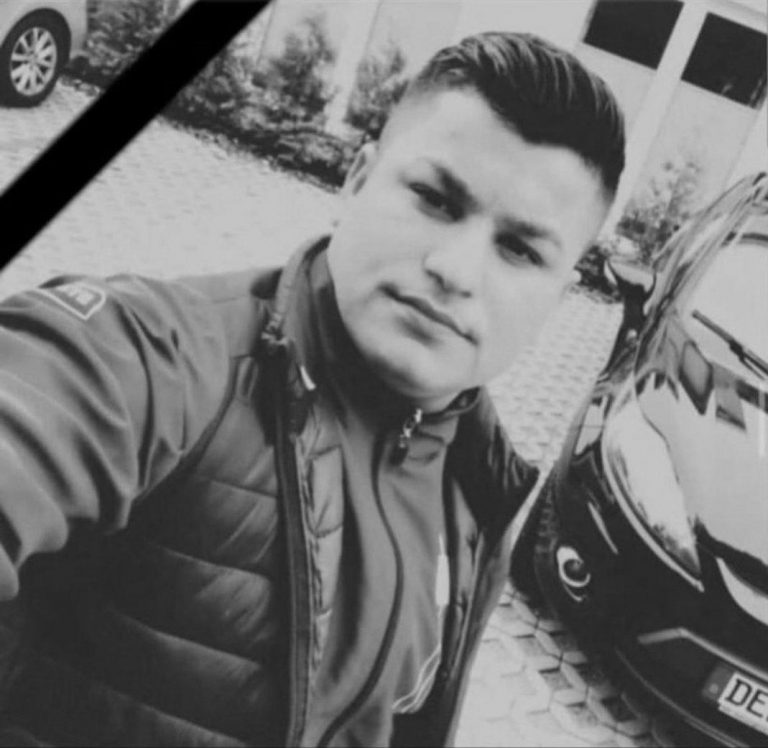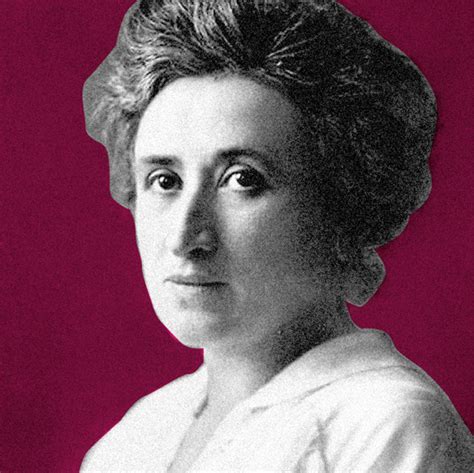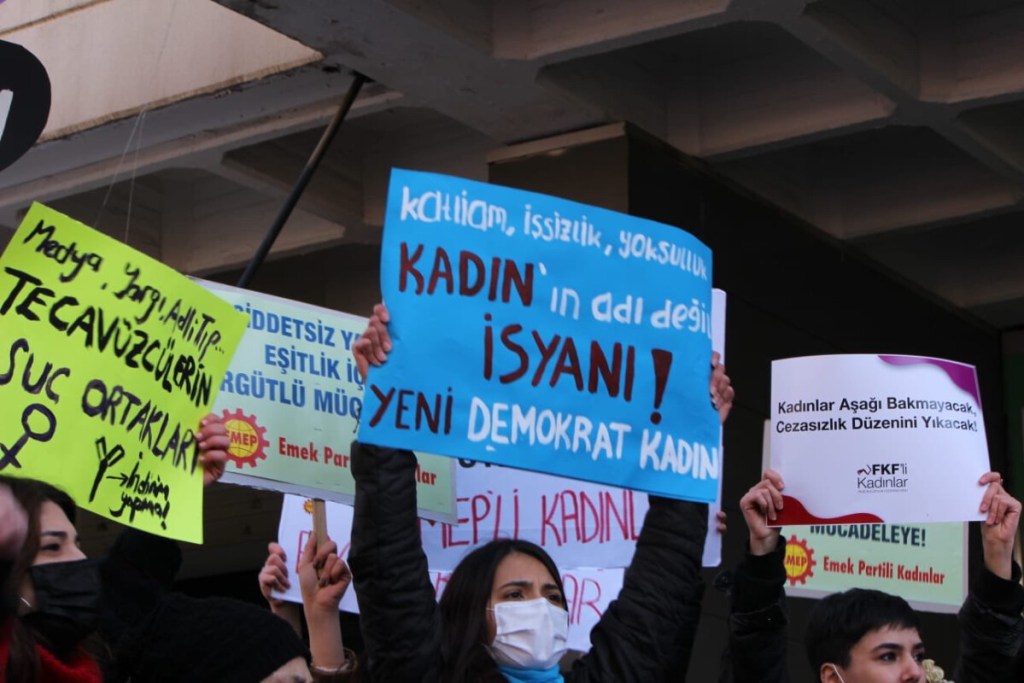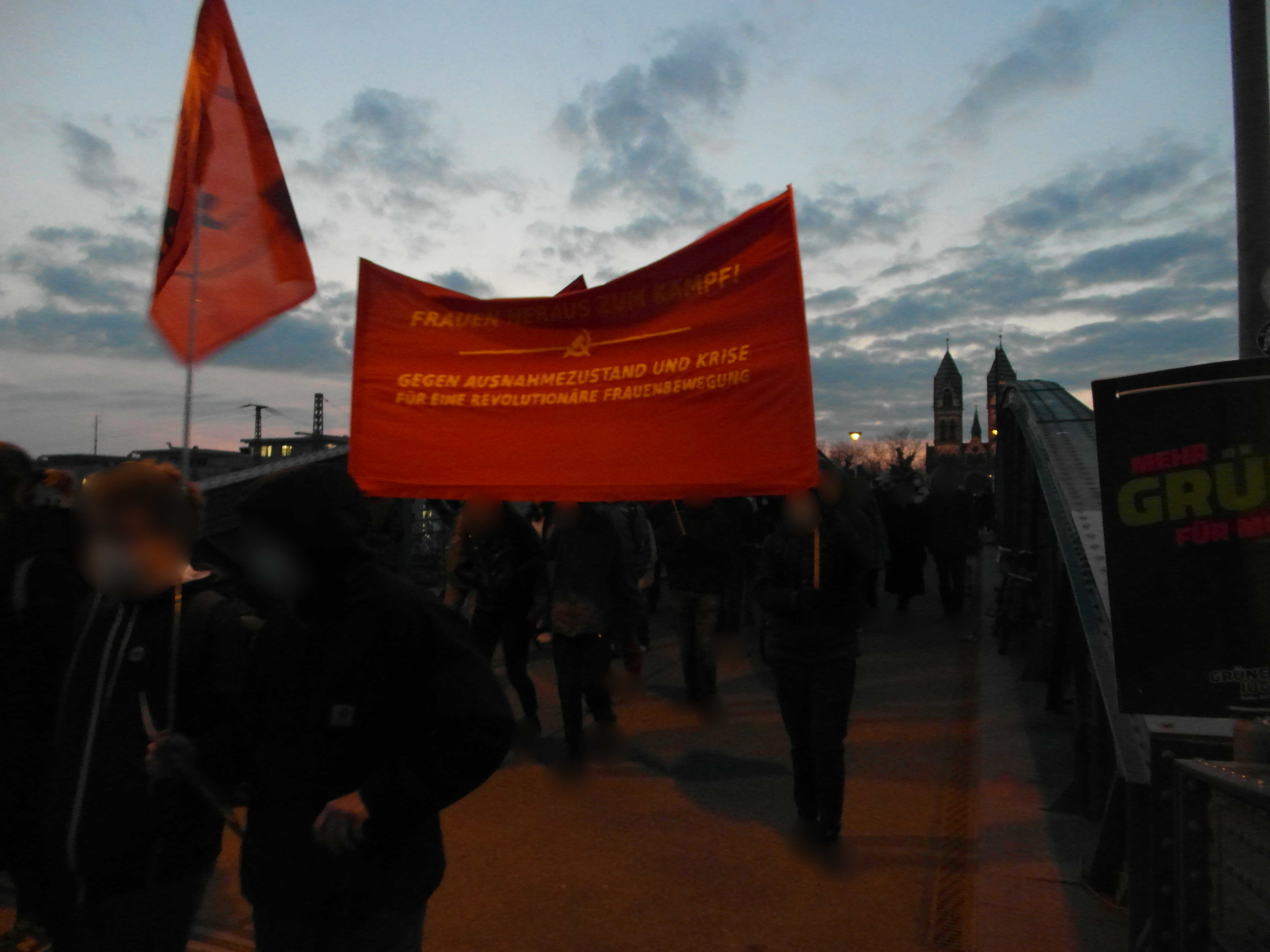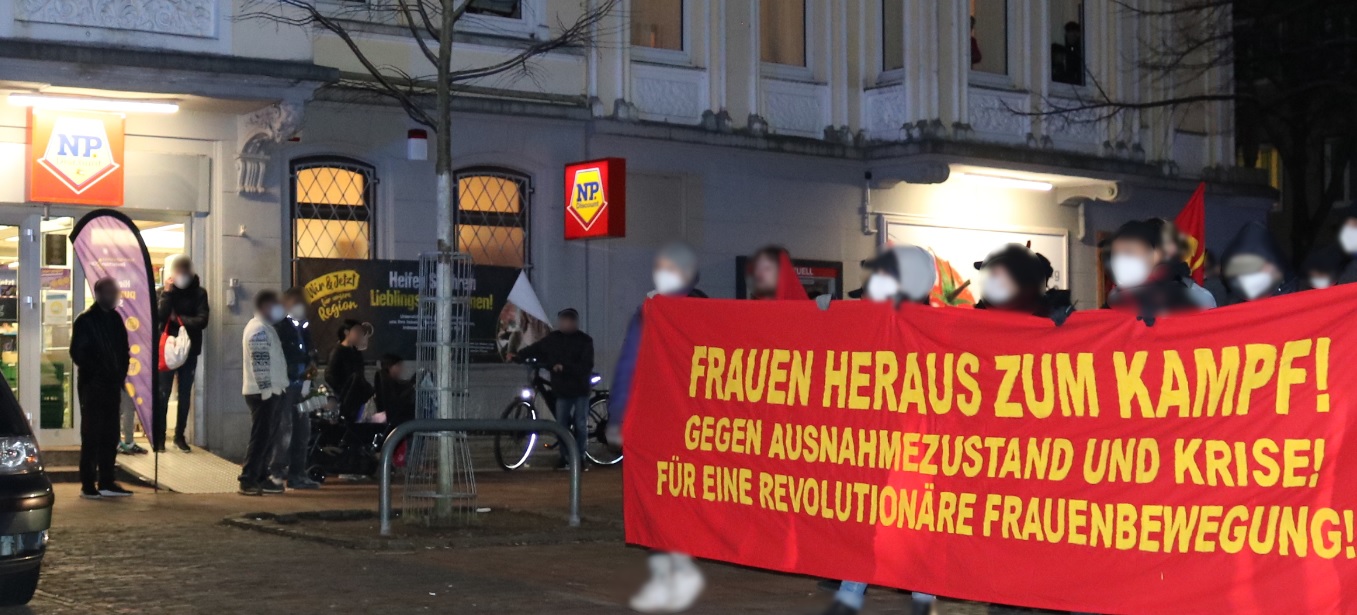Dokumente
Dokumente
- Details
- Kategorie: BRD
Am Samstag Abend, dem 6ten März haben sich einige Einwohner in Freiburg Haslach in einer Kneipe zum Kartenspiel getroffen. Die Bullen sind daraufhin mit dem Rammbock durch die Tür und haben alle im Schnellverfahren dort vernommen. Hierzu wurden Zelte aufgerichtet und ein Spotlight auf Dachhöhe aufgebaut. Die Bullen waren schwer bewaffnet und vermummt im Einsatz, sodass die Einwohner erst dachten, dass der SEK im Einsatz wäre, was aber von der Polizei dementiert wurde.
- Details
- Kategorie: BRD
„Alle Menschen sind vor dem Gesetz gleich“, behauptet das Grundgesetz der BRD. Aber offenbar sind die Angehörigen des Kommando Spezialkräfte (KSK) der Bundeswehr gleicher.
- Details
- Kategorie: BRD
In Delmenhorst ist ein 19-Jähriger nach der Festnahme durch die Polizei in Gewahrsam kollabiert und einen Tag später im Krankenhaus gestorben.
- Details
- Kategorie: BRD
Rosa Luxemburgs 150. Geburtstag liegt gerade erst einige Tage zurück und reiht sich ein um die Zeit des Frauenkampftags. Doch bereits wenige Stunden nach ihrem Geburtstag warfen sich alle Arten von Revisionisten und Reaktionären auf ihre Geschichte, um ein wenig Abglanz auf ihre Politik zu entfalten. So meint ein jeder Revisionist, doch irgendwie in der Tradition der großen Rosa Luxemburg zu stehen und ihr ehrenwertes Andenken fortleben zu lassen.
- Details
- Kategorie: Proletarischer Feminismus
Entgegen der teils heftigen Unterdrückung der Frauen in der Türkei und der hohen Repression gegenüber politischen Aktivistinnen wurden auch dieses Jahr am 8. März im ganzen Land kräftige Aktionen durchgeführt, und entgegen der repressiven Maßnahmen des türkischen Staates mit dem Vorwand der Pandemie.
- Details
- Kategorie: Proletarischer Feminismus
In Freiburg fand wie jedes Jahr eine große Demonstration zum internationalen Frauenkampftag statt, die sich vom Stühlinger Kirchplatz über den Europaplatz zum Platz der Alten Synagoge bewegte. Insgesamt nahmen dieses Jahr an der Demonstration bis zu 3000 Leute teil.
- Details
- Kategorie: Proletarischer Feminismus
In Norddeutschland führte das Rote Frauenkomitee zum ersten Mal eine Demonstration in Bremerhaven durch, der Region in der BRD mit der höchsten Armutsquote.
- Details
- Kategorie: Proletarischer Feminismus
Aus Heidelberg wurden uns Bilder von Plakaten, die zum 8. März aufrufen, zugeschickt.

